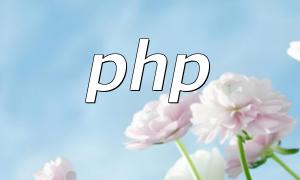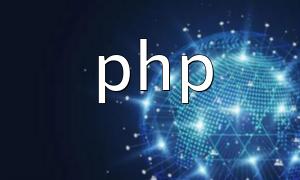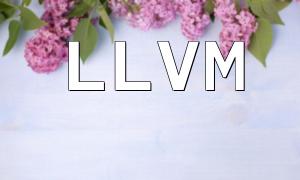In modern web development, Java and PHP both play important roles—Java often powers core backend systems, while PHP is widely used for frontend and web interfaces. In many projects, developers need these two languages to communicate efficiently, making it necessary for Java to call PHP functions and pass data.
To successfully call a PHP method from Java and pass parameters, there are three main steps:
1. Create a PHP API endpoint;
2. Send an HTTP request from Java to that endpoint;
3. Receive and process the PHP response in Java.
First, you’ll need to write a PHP script on the server that can accept parameters. Here's a basic example:
<?php
if (isset($_GET['param'])) {
$param = $_GET['param'];
echo "Hello, " . htmlspecialchars($param);
}
?>This code receives a parameter named "param" via GET and responds with a formatted string like “Hello, param”.
On the Java side, you can use the built-in HttpURLConnection class to send a request to the PHP API. Here’s how the Java code looks:
import java.io.BufferedReader;
import java.io.InputStreamReader;
import java.net.HttpURLConnection;
import java.net.URL;
public class CallPHP {
public static void main(String[] args) {
try {
String param = "World";
String url = "http://yourserver/api.php?param=" + param;
URL obj = new URL(url);
HttpURLConnection con = (HttpURLConnection) obj.openConnection();
con.setRequestMethod("GET");
BufferedReader in = new BufferedReader(new InputStreamReader(con.getInputStream()));
String inputLine;
StringBuffer response = new StringBuffer();
while ((inputLine = in.readLine()) != null) {
response.append(inputLine);
}
in.close();
System.out.println("Response from PHP: " + response.toString());
} catch (Exception e) {
e.printStackTrace();
}
}
}This Java example sends a GET request to the PHP API with the value "World" and prints the response returned by PHP.
Using BufferedReader, Java can easily read the output from the PHP script. Whether the data returned is plain text, JSON, or XML, Java can process it accordingly based on the needs of your application.
Calling PHP functions from Java is an essential technique for systems requiring integration between these two technologies. By building a PHP API and using Java's HTTP libraries, developers can enable cross-language communication and function execution. This approach is suitable for use cases such as data exchange, user authentication, and dynamic content rendering.
Mastering the communication between Java and PHP will enhance the flexibility and scalability of your system architecture and improve overall development efficiency and quality.









